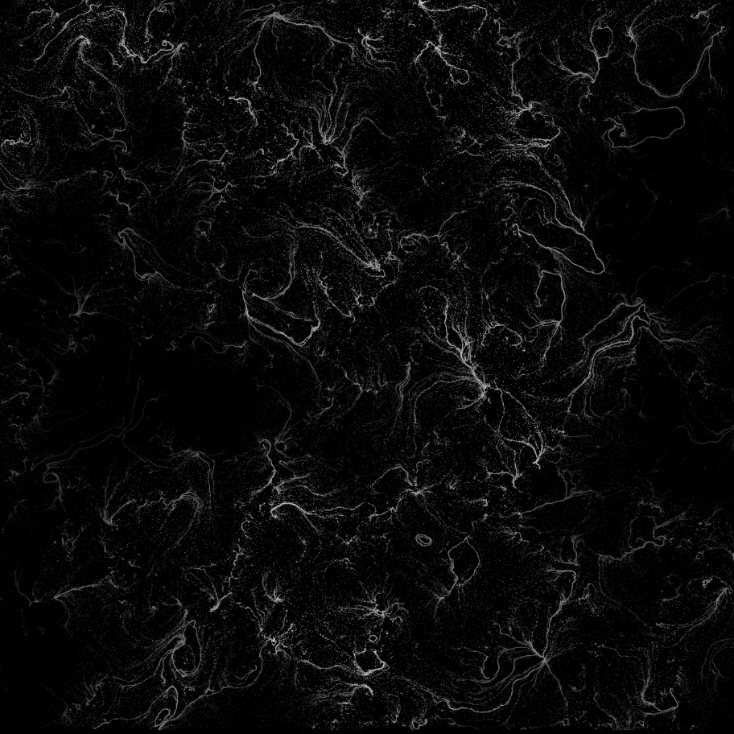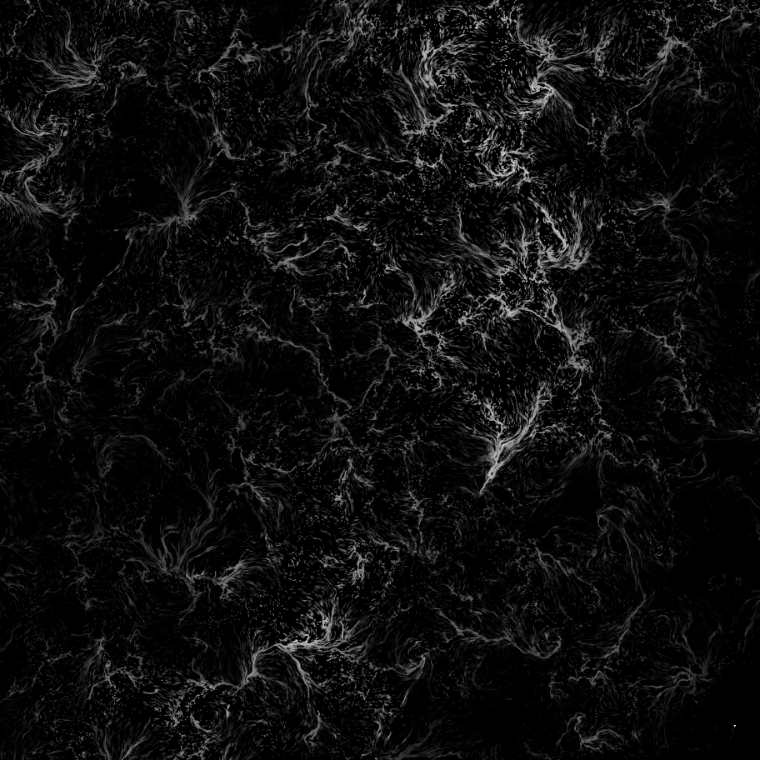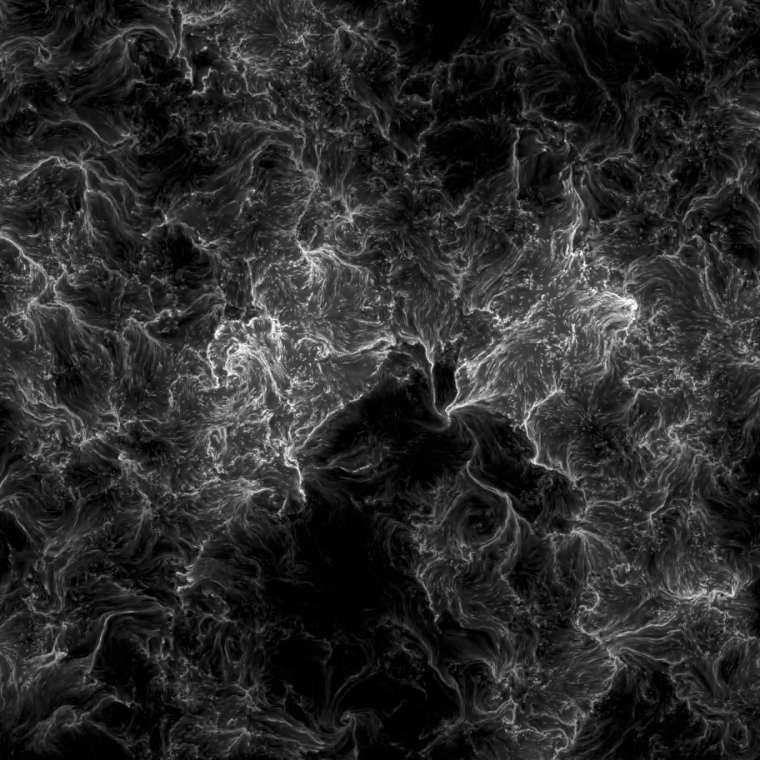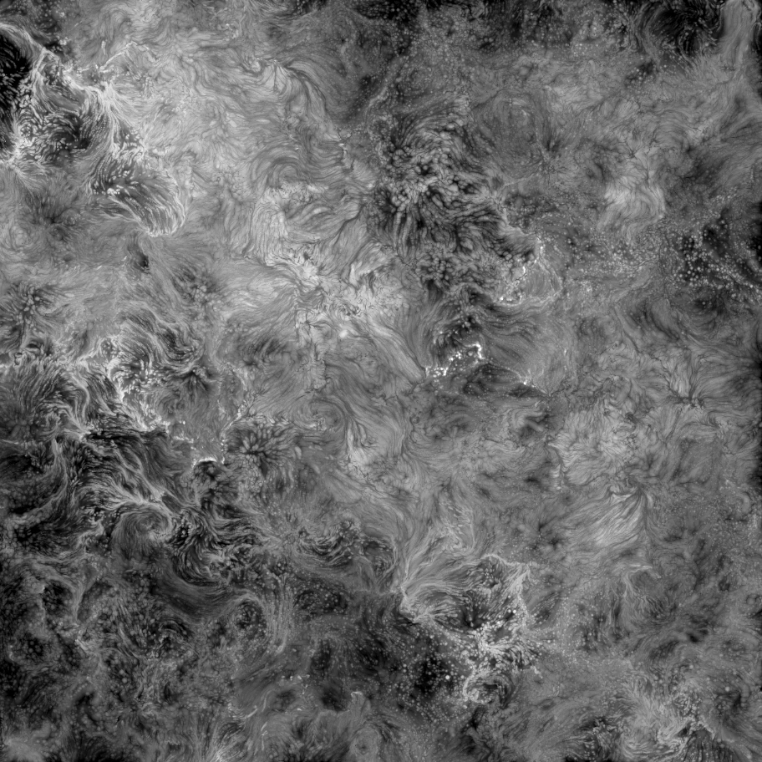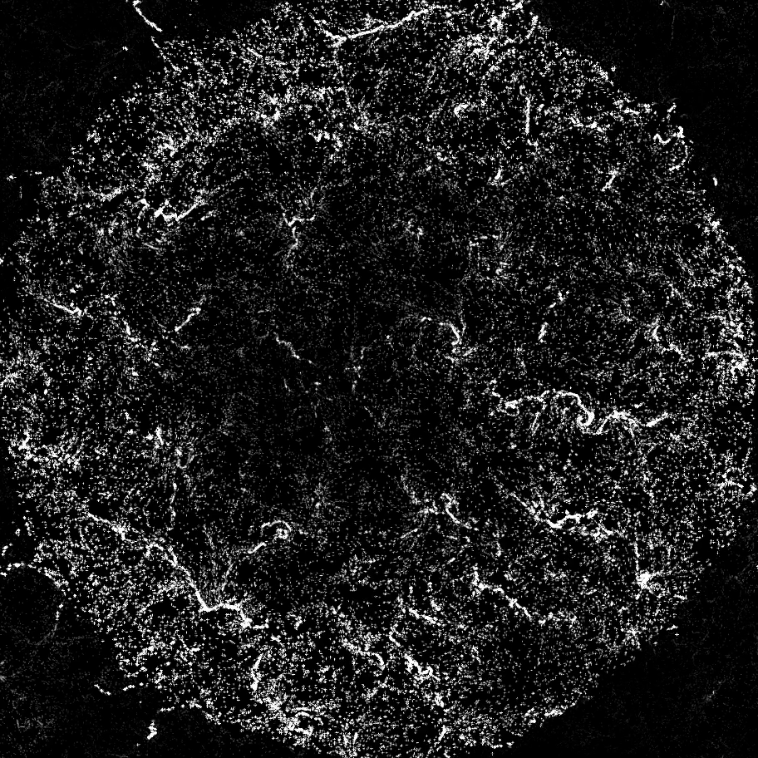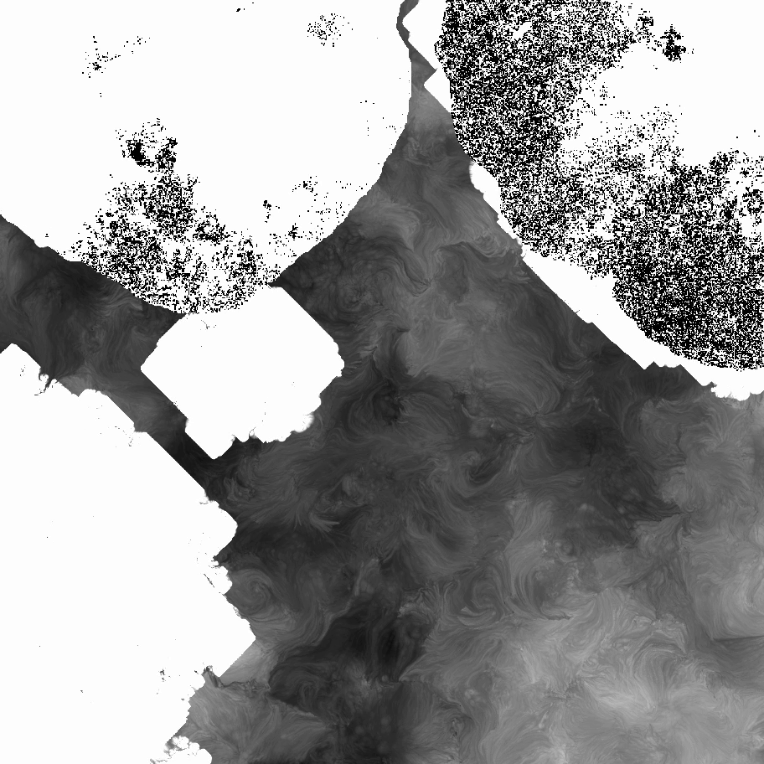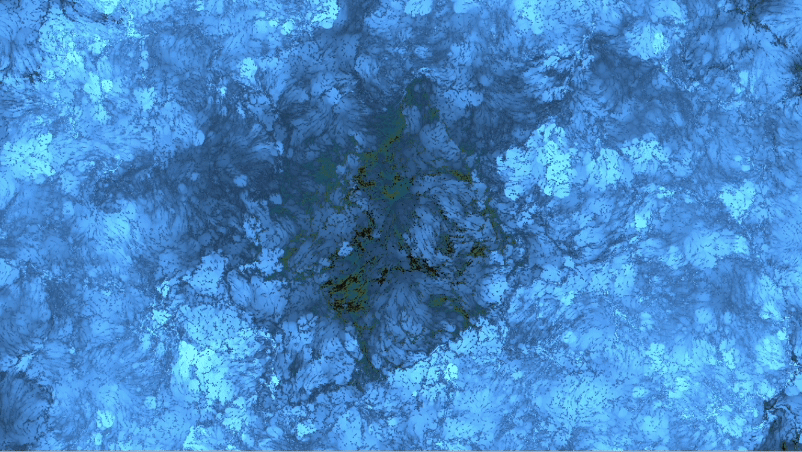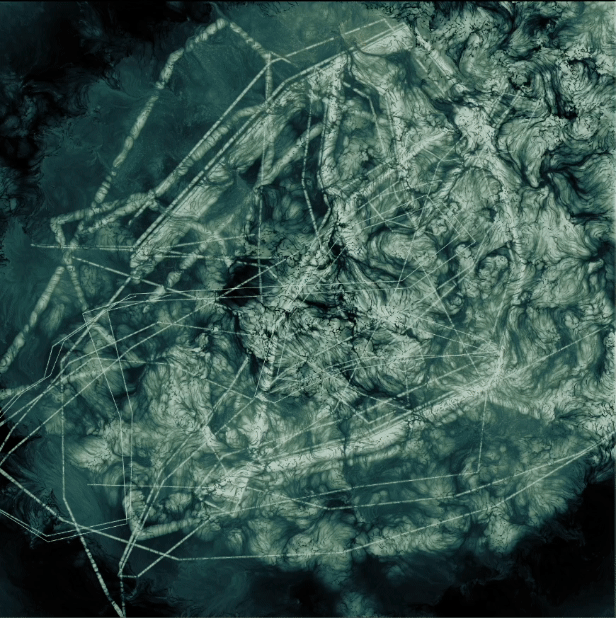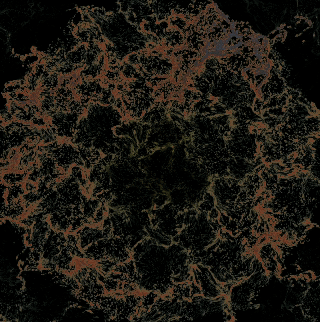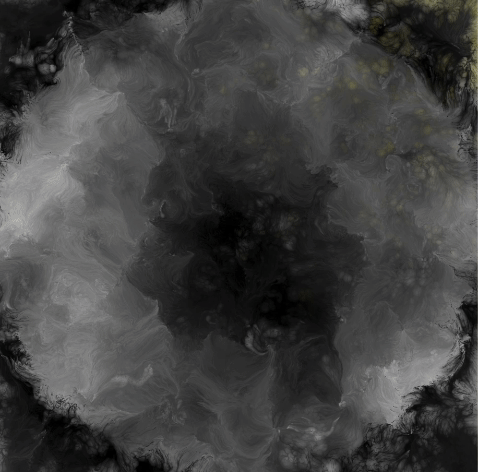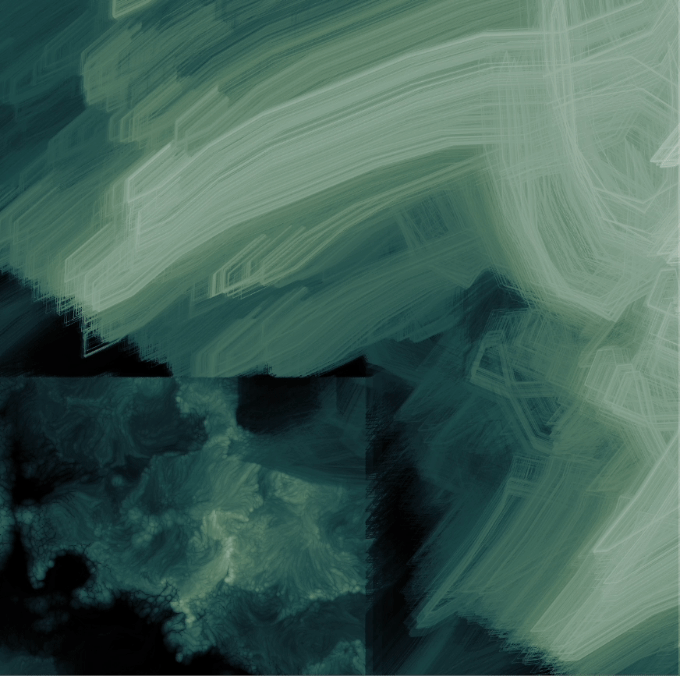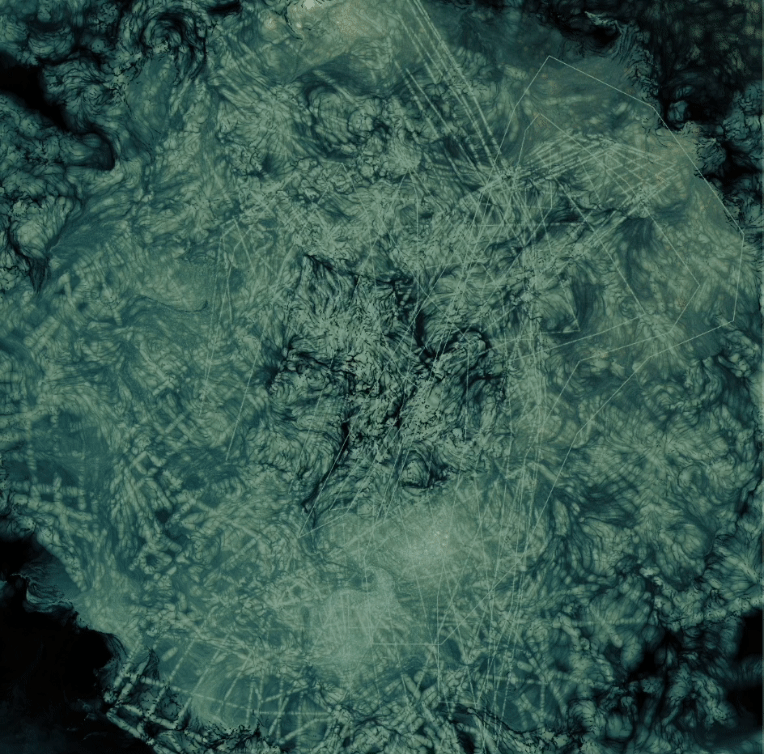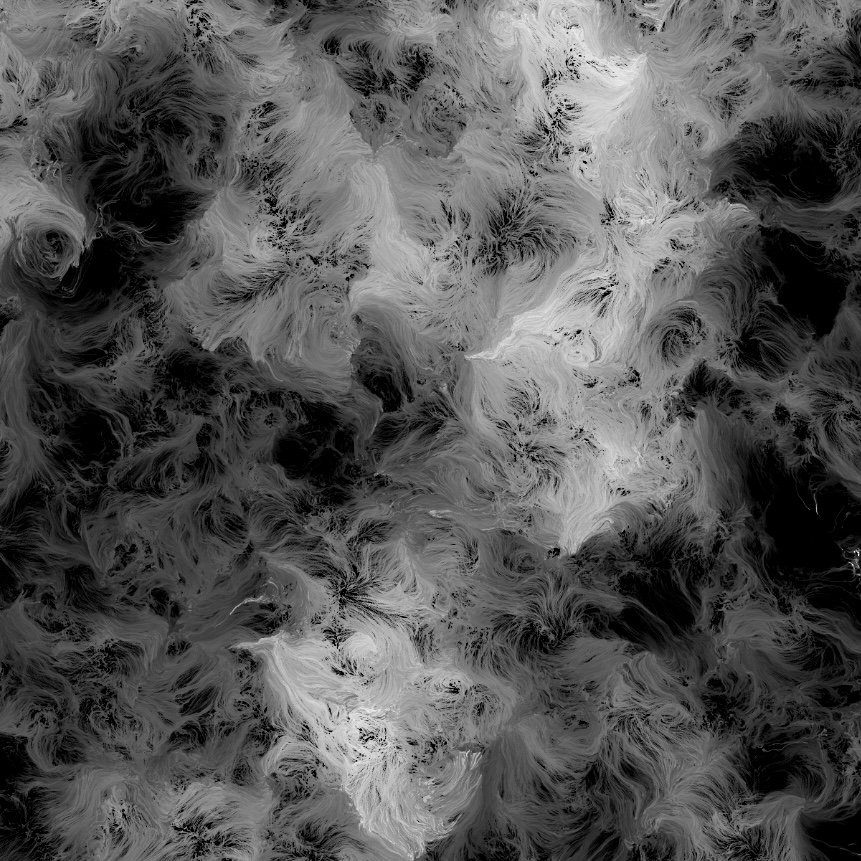

Process
When I listen to songs, I'm always analyzing the beats, voices, melodies, and rhythms. While some songs feel incomplete, Trip Hop consistently captivates me, scratching my brain in just the right way. To create a truly authentic Trip Hop track, I started by composing with Strudel, experimenting with classical instruments for melody. After struggling to grasp Strudel for two weeks, I realized that despite my music theory knowledge, coding music was beyond my current abilities, understanding that I couldn't become a whole orchestra by myself.
Realizing that striving for perfection was hindering my progress and enjoyment, I decided to shift my approach and focus on having fun with my projects. Understanding that mastering skills like music composition takes years, I sought help from Ozi Mcqueen, who has expertise in constructing music from scratch. I shared with him my vision for Trip Hop, seeking his guidance and expertise to bring my project to life.
Lacking prior knowledge of TouchDesigner, I opted to create the visual component first, followed by the soundtrack. I aimed to make the visuals as dreamy as possible. However, I envisioned a dreaminess that was dark and moody, devoid of fantasy elements and violence.
After completing one tutorial, I felt that my visuals were still lacking in excitement. Unsure of what else to add or fix, I decided to merge another tutorial I found online into my visual project to elevate its impact. Surprisingly, I found that I enjoyed the process of creating the visuals more than the final outcome. I was relieved and satisfied when I finally got everything to work seamlessly.
Approach
My journey with creating the visuals in TouchDesigner was marked by numerous trials and errors, which tested my motivation and perseverance. Similarly, when it came to composing the music, I realized that I had invested too much time trying to create a track from scratch using Strudel. This setback of two weeks could have been better utilized for experimenting and gaining a deeper understanding of TouchDesigner.
My lack of prior experience with TouchDesigner proved challenging. As a first-time user, I encountered difficulties navigating the software, although the end result was visually appealing. I recognized that there was untapped potential for further experimentation and refinement of my visuals if I had a more profound understanding of the software.
One of the most frustrating moments was when my laptop started crashing due to the size of my file. However, I persevered through these challenges by exercising patience. While I may not have the best attention span, I found solace in my patience, allowing me to learn from my mistakes and understand the nuances of what worked and what didn't.
Realizing that my ambitious goals surpassed the constraints of our timeline, I decided to collaborate with Ozi. This collaboration proved to be incredibly satisfying, as it allowed us to share diverse perspectives and opinions, ultimately enriching the project.

Results
After grappling with numerous challenges and overcoming various obstacles to get my Touch Designer to function, I finally achieved a result that I'm genuinely satisfied with. My primary goal was to induce a feeling of dissociation and mental drifting in the audience. To achieve this, I intentionally employed stiff and static visuals, aiming to guide viewers into a state of daydreaming or introspective wandering as they listened to the track
This approach resonates with my personal relationship with music; whenever I engage with a piece, I frequently find myself drifting into a state of dissociation or becoming immersed in my own thoughts. Through the video's visual style, I sought to replicate and convey this immersive and contemplative experience.
the final video serves not only as an artistic expression but also as a representation of the transformative and immersive power of music. It invites viewers to disconnect from their surroundings and engage in a meditative journey, resonating with the very essence of the track and my personal connection to music.

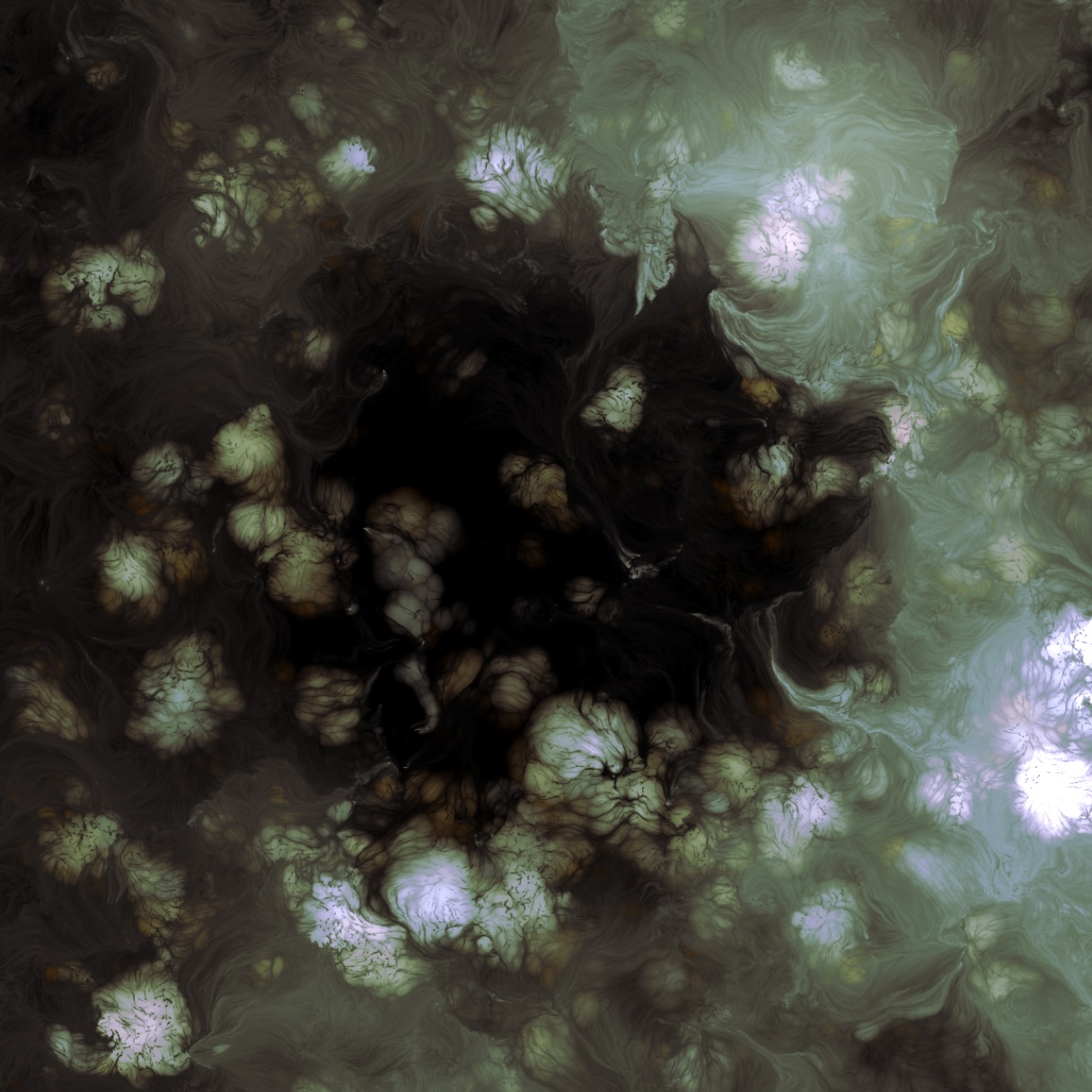
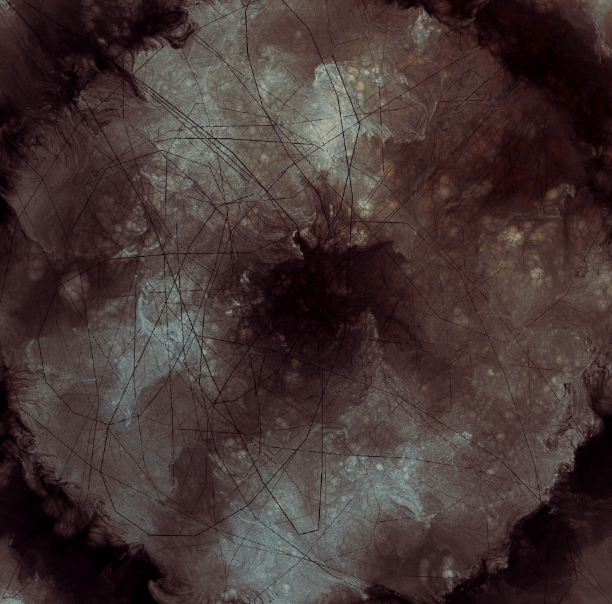
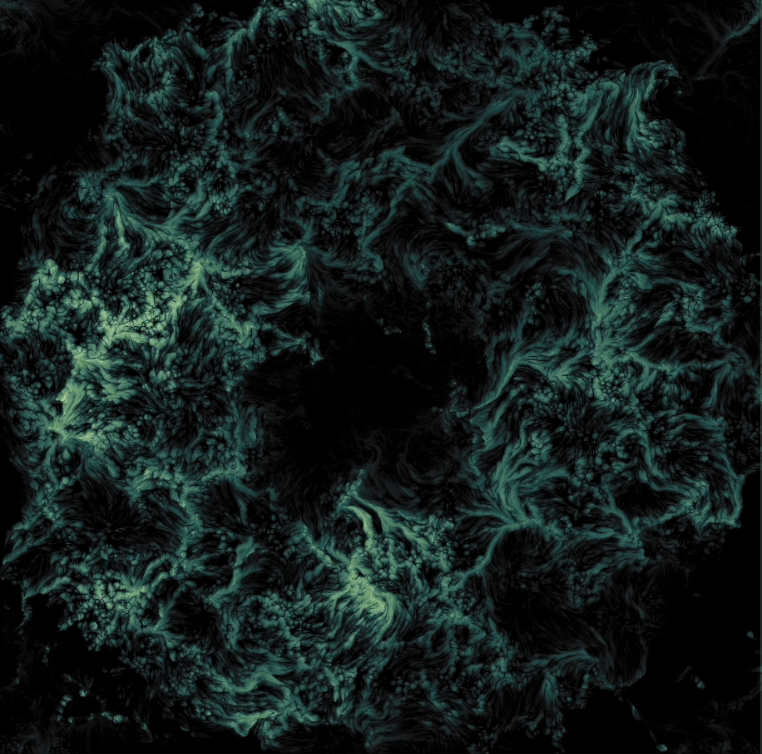
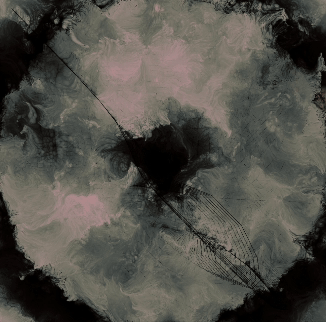
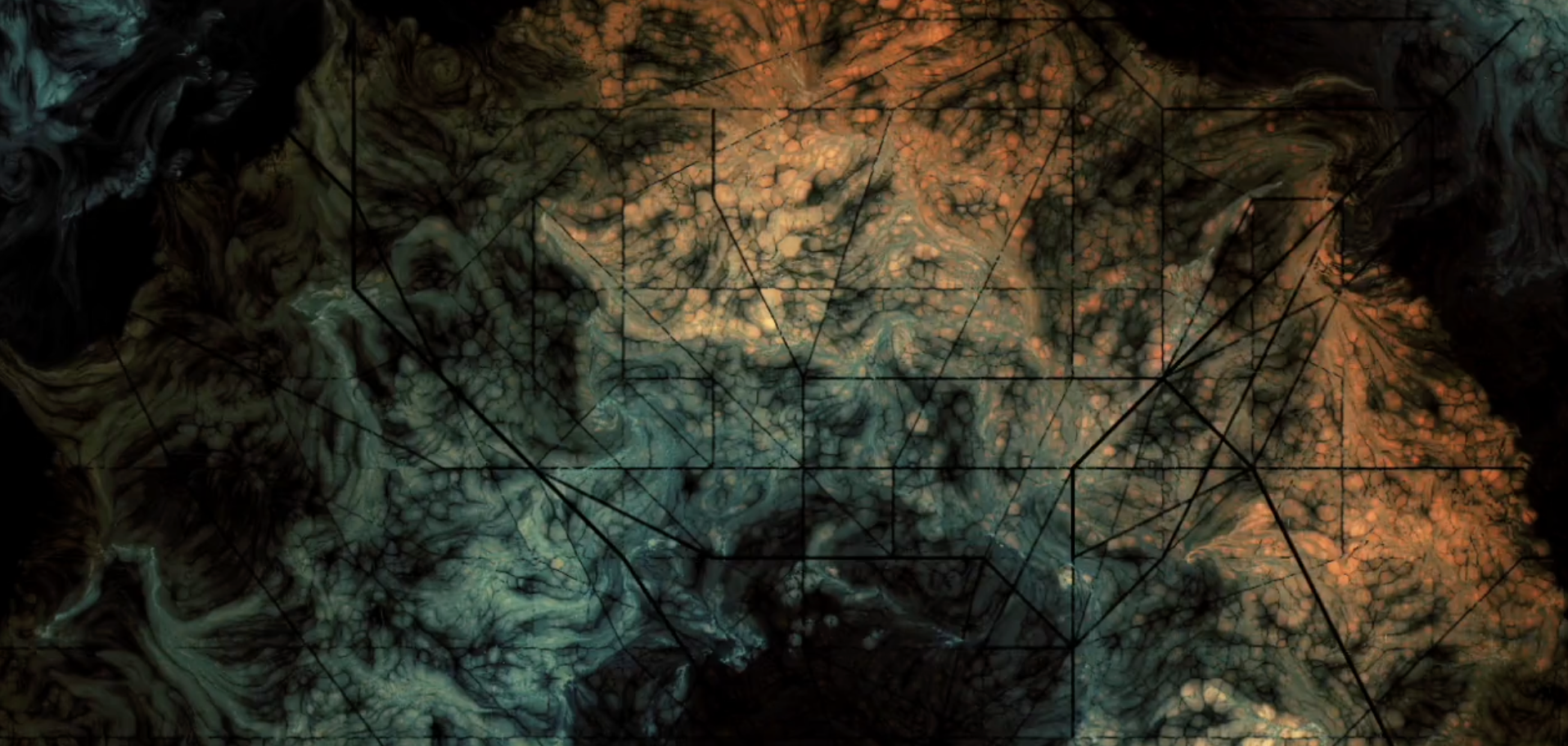
How can we envision current and future trends in audio-visual expression through our practice?
In envisioning current and future trends in audio-visual expression through our practice, we can draw parallels to the dynamic nature of sound itself. Sound is a constantly evolving entity; it evolves through our creations and reinterpretations, shaping and reshaping its meaning over time.Similarly, our approach to design and technology must be fluid and adaptive, responding to emerging trends and technologies. Our preferences and desires for specific sounds lead to the birth of new genres and auditory realms, constantly expanding the possibilities of audio-visual expression. ust as sound creators explore new territories, we must push boundaries, creating and dismantling definitions. Embracing new technologies, we shape immersive experiences that resonate with audiences, contributing to the ongoing evolution of audio-visual expression and the future of design and technology.


Conclusion
In reflecting on my project, I realized that my visuals didn't fully meet my initial expectations. I had envisioned them to be more dynamic, with exaggerated movements that perfectly synchronized with the sounds Ozi created, such as the synths, drags, and fat beats. However, my lack of knowledge in TouchDesigner limited my ability to be experimental and creative. I found myself relying heavily on tutorials and online research, which hindered my ability to create original work.
Despite these challenges, I am satisfied with how I captured the essence of Trip Hop, especially considering it was my first time using TouchDesigner. Collaborating with new people, particularly Ozi, was a rewarding experience that allowed me to explore new creative avenues. Moving forward, I aim to deepen my understanding of TouchDesigner to create more original and experimental visuals that truly reflect my artistic vision.
In retrospect, I found that I enjoyed the process of creating my project more than the final outcome. Ozi's beautiful track was instrumental in shaping the project, and I'm grateful for his contribution. Asking for help allowed me to create something beyond my individual capabilities. Despite the frustrations that came with learning new tools and stepping out of my comfort zone, I believe it was a valuable decision that enriched my creative journey. Let's see and hear some outcomes
